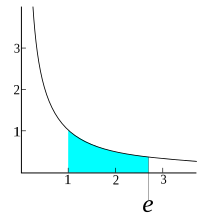
Analysis of the bacterial communities associated with pupae and winged or wingless adults of Lipoptena fortisetosa collected from cervids in Italy.
Sign Up to like & getrecommendations! Published in 2023 at "Medical and veterinary entomology"
DOI: 10.1111/mve.12644
Abstract: The hippoboscid Lipoptena fortisetosa Maa, 1965 is a hematophagous ectoparasite of cervids that can bite humans. This fly is expanding its geographical range and is of concern for animal and human health since it can… read more here.
Keywords: lipoptena fortisetosa; analysis bacterial; bacterial communities; wingless ... See more keywords

Antennal Morphology and Fine Structure of Flagellar Sensilla in Hippoboscid Flies with Special Reference to Lipoptena fortisetosa (Diptera: Hippoboscidae)
Sign Up to like & getrecommendations! Published in 2022 at "Insects"
DOI: 10.3390/insects13030236
Abstract: Simple Summary In insects, host searching usually involves different kinds of stimuli, both visual and chemical, that may act in combination. External cues are perceived through specific sensory organs (sensilla), mainly present on the antennae.… read more here.
Keywords: fortisetosa; lipoptena fortisetosa; antennal morphology; sensilla ... See more keywords

Molecular Detection of Selected Pathogens with Zoonotic Potential in Deer Keds (Lipoptena fortisetosa)
Sign Up to like & getrecommendations! Published in 2021 at "Pathogens"
DOI: 10.3390/pathogens10030324
Abstract: Deer keds are obligatory hematophagous ectoparasites of birds and mammals. Cervids serve as specific hosts for these insects. However, ked infestations have been observed in non-specific hosts, including humans, companion animals, and livestock. Lipoptena fortisetosa… read more here.
Keywords: deer keds; spp; selected pathogens; molecular detection ... See more keywords

The northernmost record of a blood-sucking ectoparasite, Lipoptena fortisetosa Maa (Diptera: Hippoboscidae), in Estonia
Sign Up to like & getrecommendations! Published in 2019 at "Biodiversity Data Journal"
DOI: 10.3897/bdj.7.e47857
Abstract: Abstract Background Deer keds are obligatory haematophagous parasites of large homeothermic animals, particularly cervids. Two of the five known species occurring in Europe—Lipoptena cervi (Linnaeus) and L. fortisetosa Maa—are known to have a relatively wide… read more here.
Keywords: record blood; lipoptena fortisetosa; fortisetosa maa; northernmost record ... See more keywords